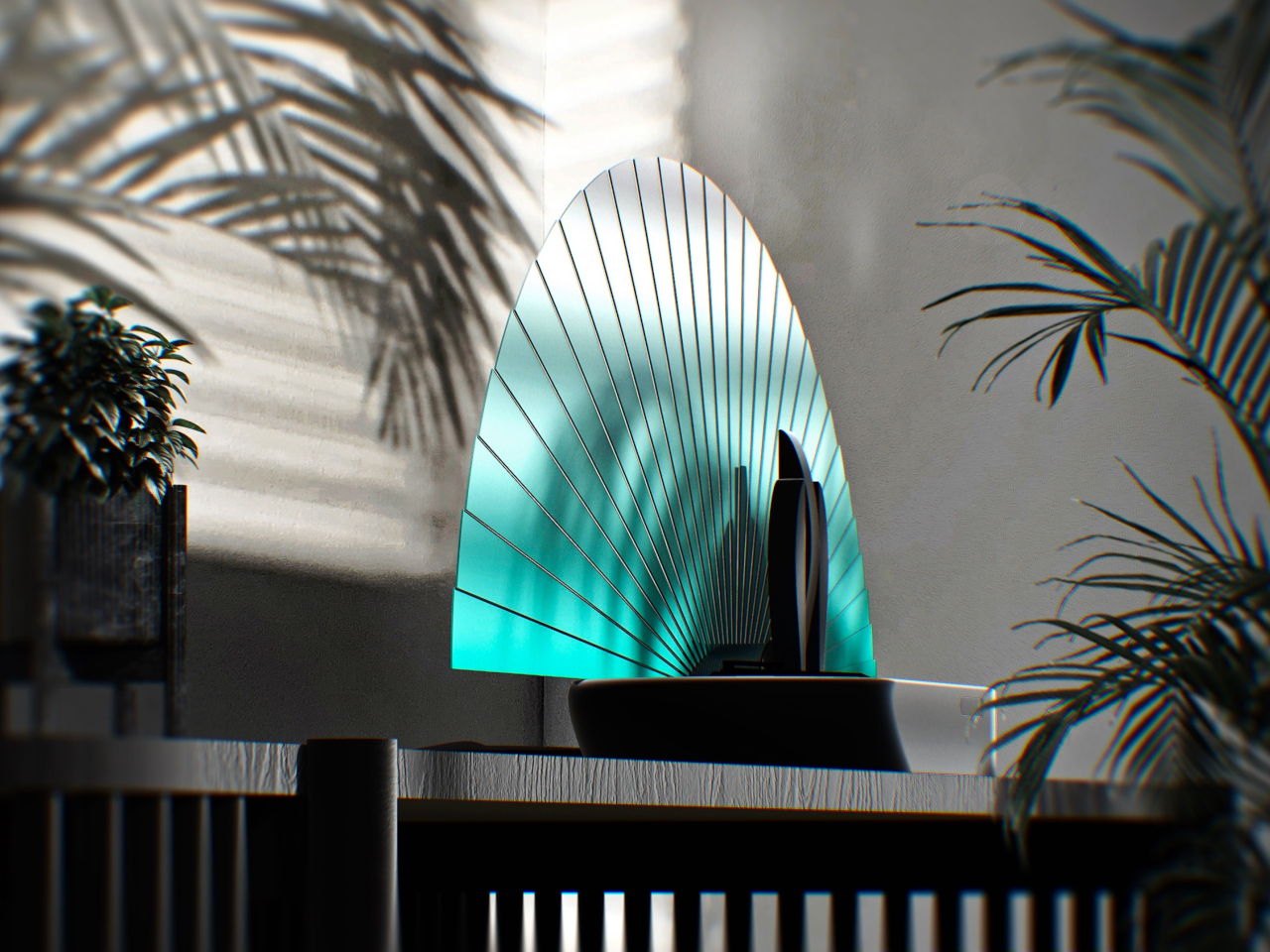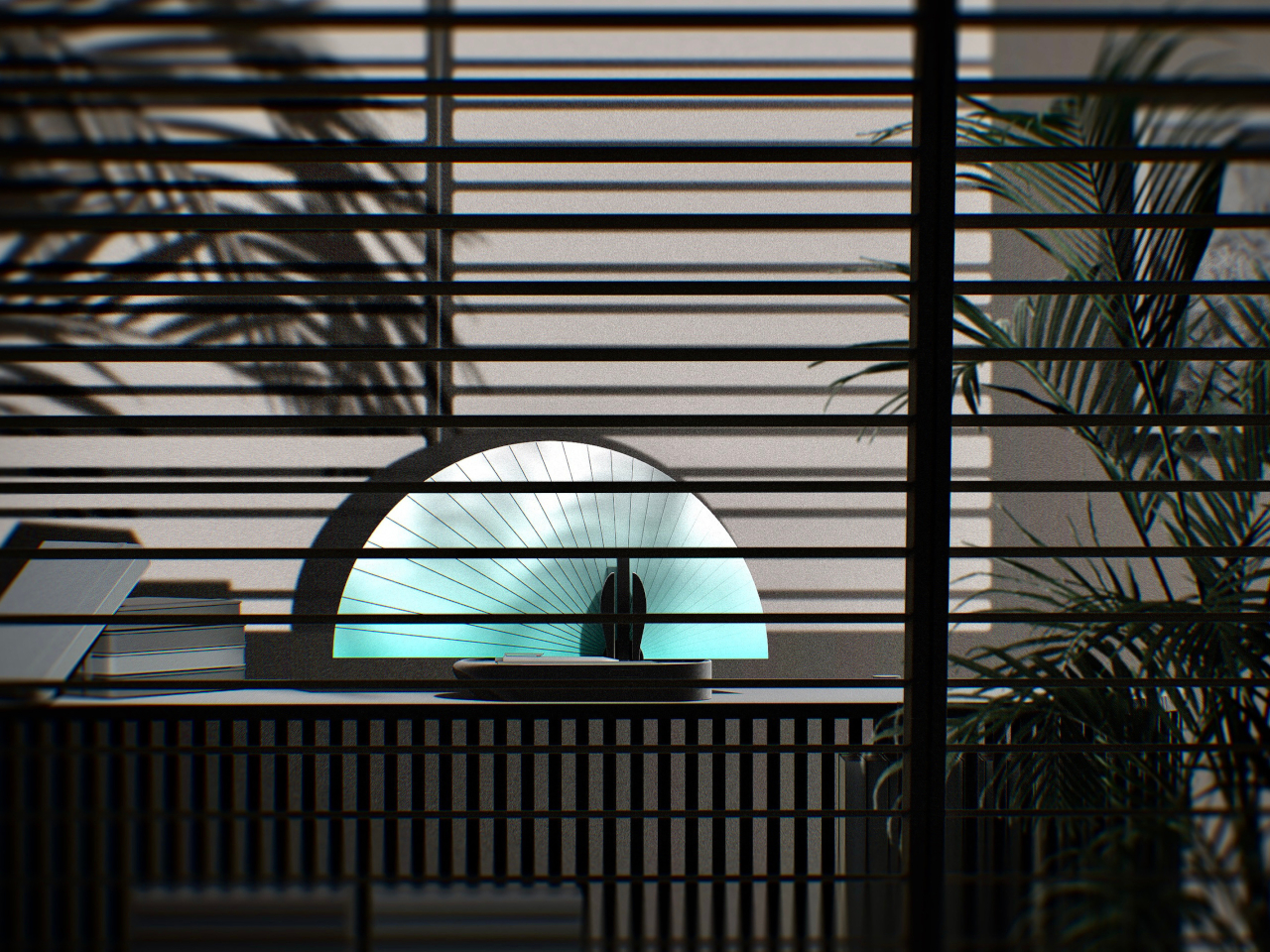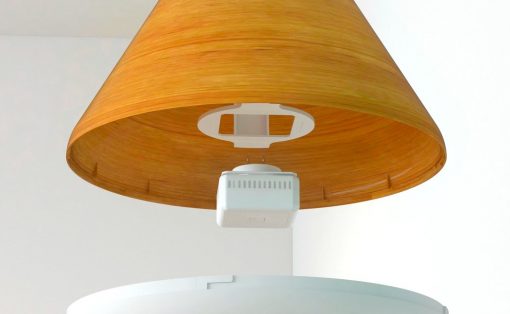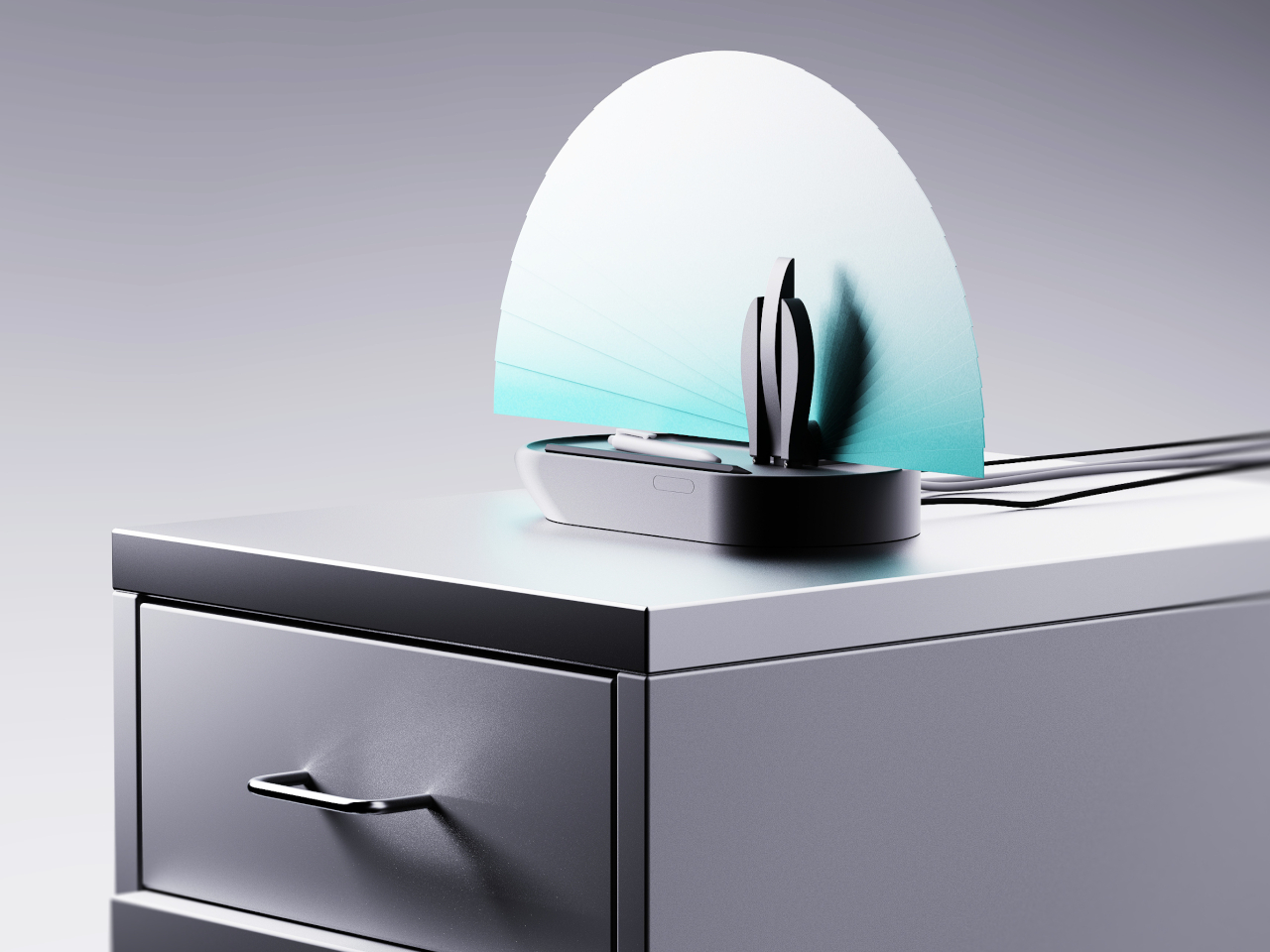
Being stuck at home for months on end has been an eye-opening experience for many people. For some, it revealed how little space we have at home, while others realized how they are ill-equipped to work at home. At the same time, many people have also become more aware of how the tools they use, especially consumer electronics, have aesthetic value that could either uplift their mood or burden their subconscious minds because of their designs. Wi-Fi routers, in particular, come in uninspiring or sometimes menacing designs that we often hide in corners or behind other objects that can actually negatively affect their performance. This router concept design tries to address that and other pain points with a design that turns a boring box into something like an art object that unfurls its beauty like a peacock when the Wi-Fi signal is strong.
Designer: Sunjin Na


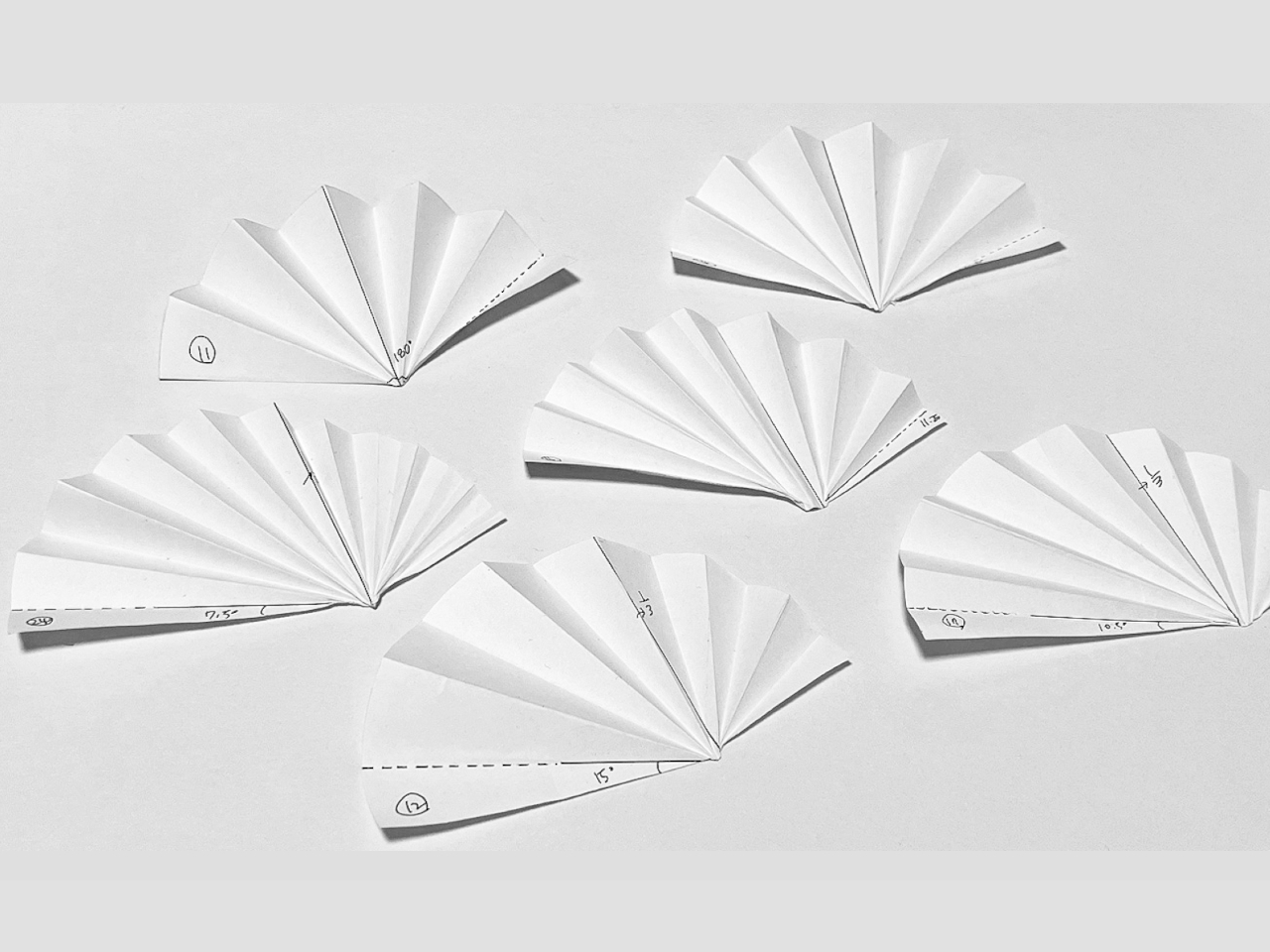
Common home routers are simple boxes with one or two antenna rods sticking out from them. More powerful and sophisticated equipment, however, would have multiple antennas that transform the router into something like a robotic sci-fi creature. Unless you actually go for that kind of aesthetic, chances are you’ll be hiding the router from view. But if you’re not careful, that could actually affect the signal that it transmits. Additionally, you wouldn’t have any way of knowing whether the router itself is receiving a good Internet signal without looking at your phone’s Wi-Fi bar or some other app.
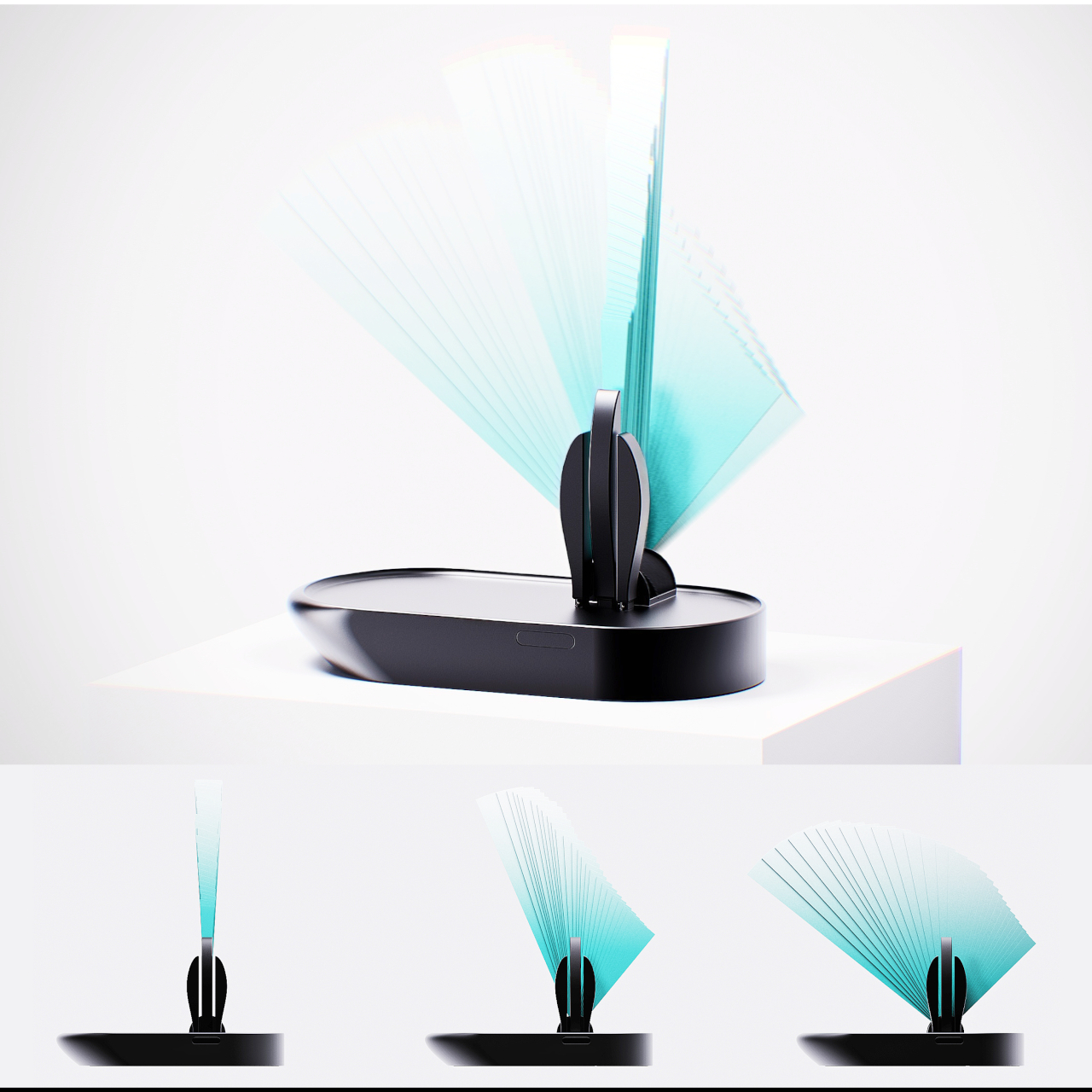
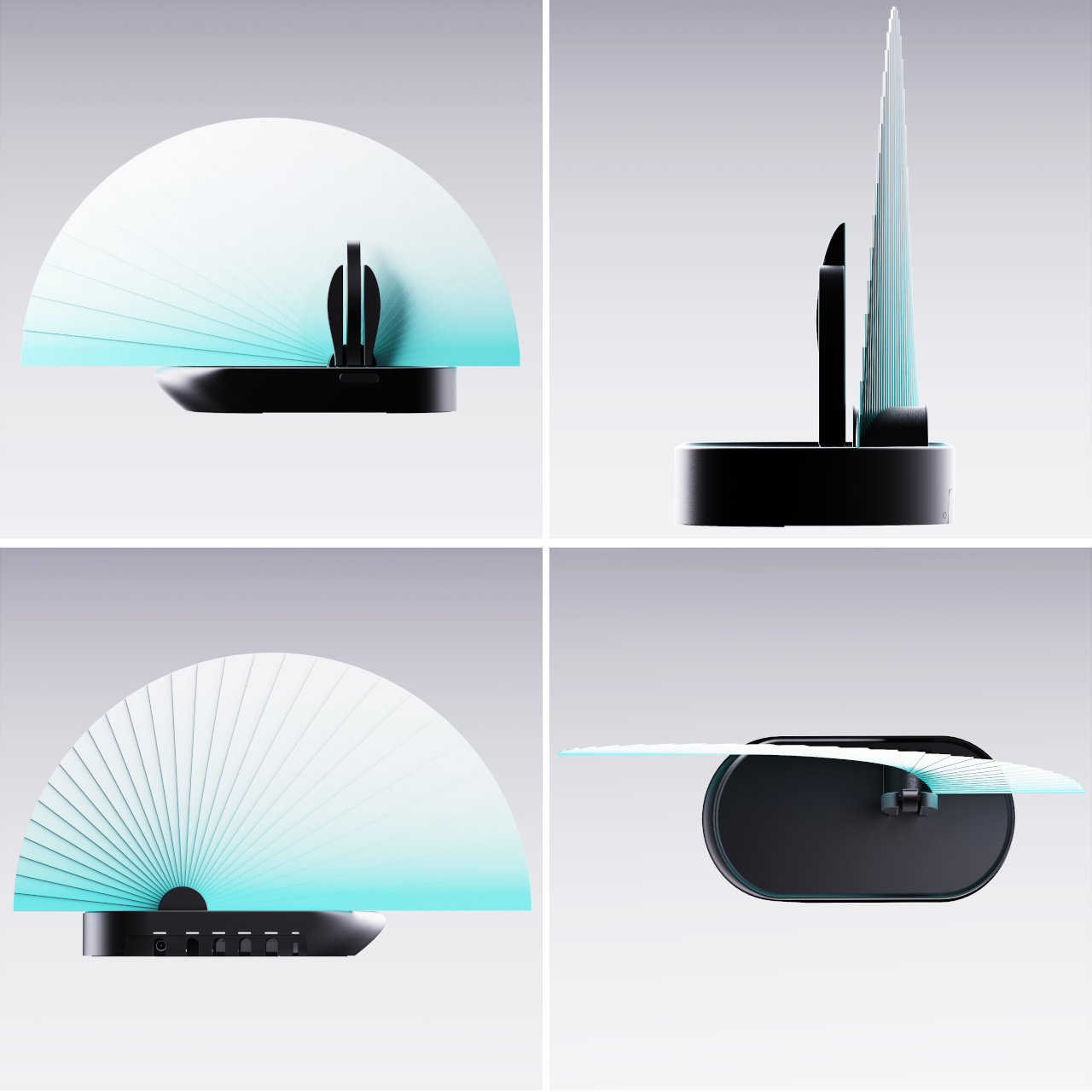
Blooming Out is a design concept that fixes those problems by making sure you wouldn’t want to hide the router in the first place. It gives the router a makeover that isn’t just aesthetically pleasing but also functional. It uses the concept of a folding fan that “blooms out” when the Wi-Fi signal is strong but retracts and folds in when it is weak. It’s not a binary state, though as the 29 fans can indicate the signal strength in between.
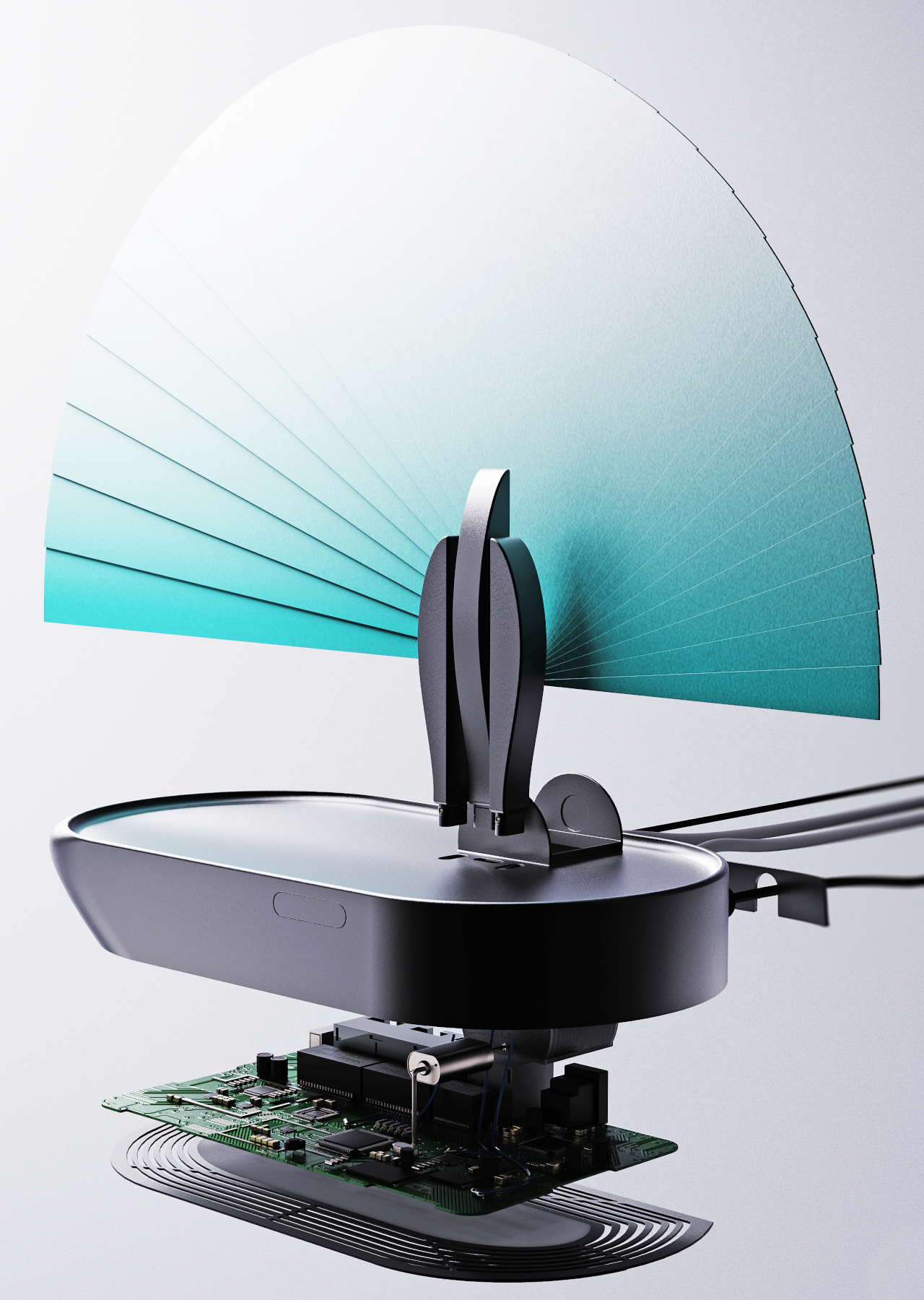
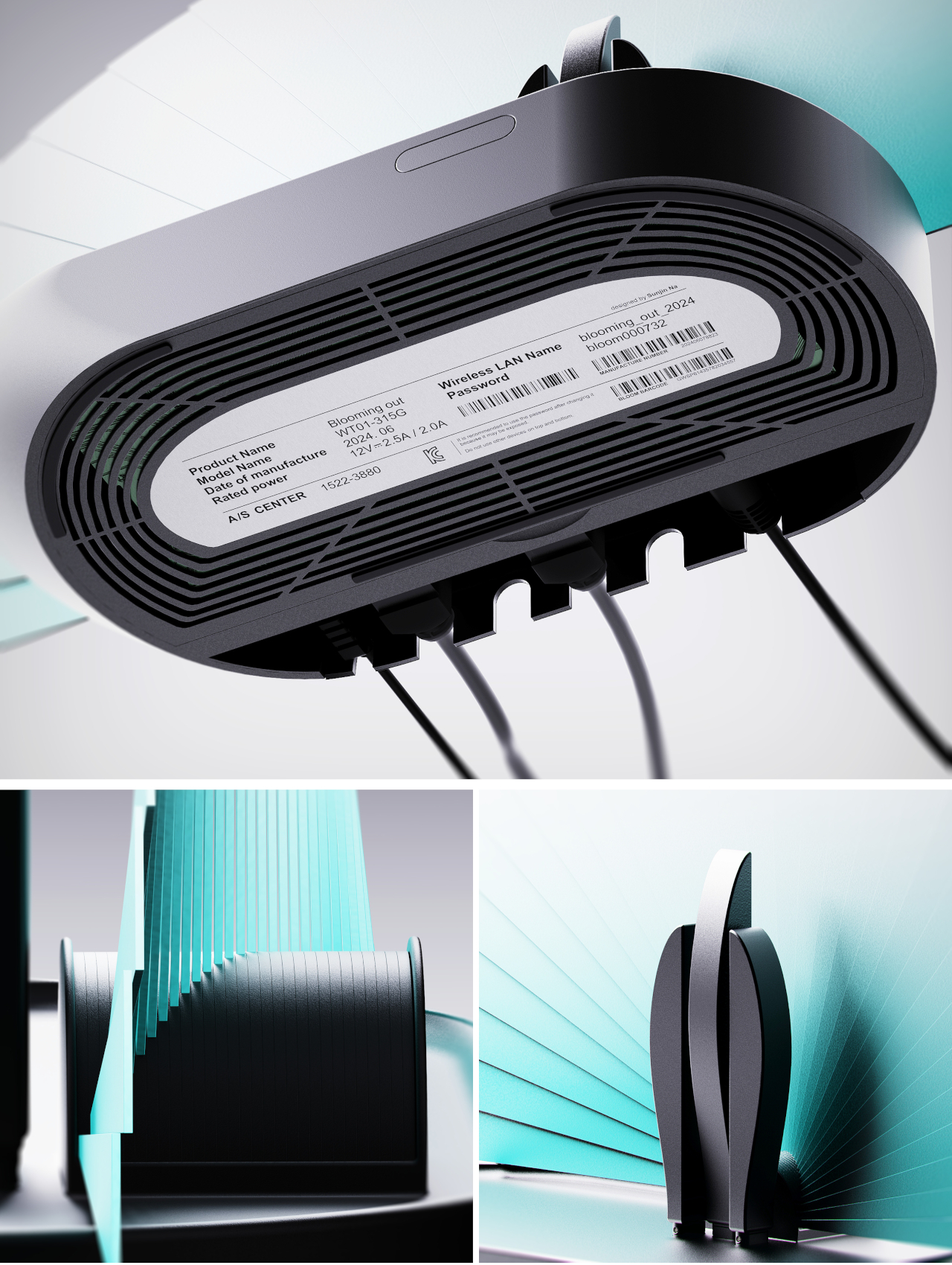

The router also has visible antennas, but not in the design you’d normally expect. The three antennas stand together a bit off-center and can be rotated to maximize the spread of the signal. Because of this design, Blooming Out looks more like a peacock fanning out its tail in pride when it’s working in full force.
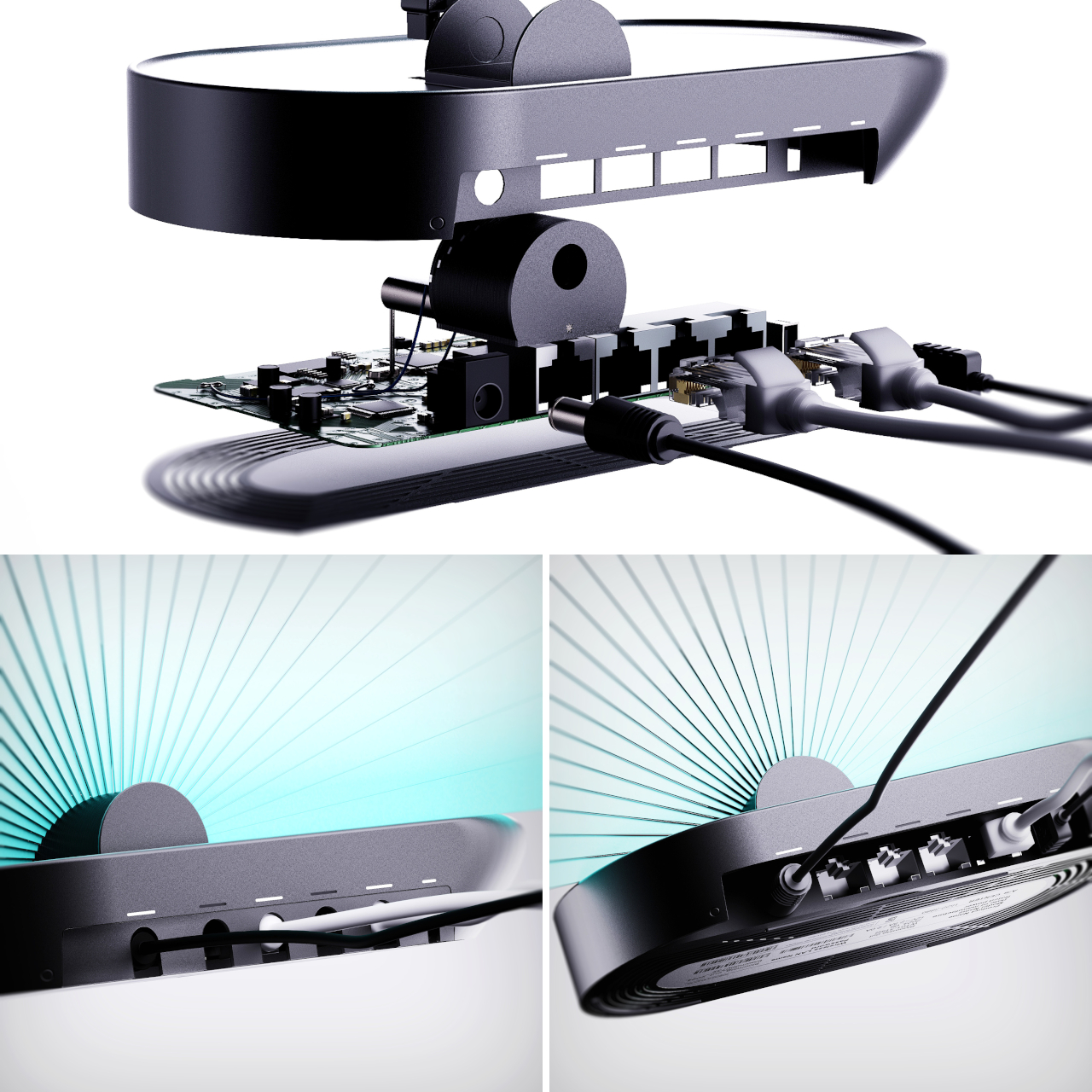
With this design, the Blooming out router concept becomes more than just a tool. It becomes an aesthetic object that adds visual value to any space, disguising its actual function without compromising its functionality. Of course, there could still be some technical drawbacks with this unconventional design, but it could be something that’s easily resolved with today’s technologies.
